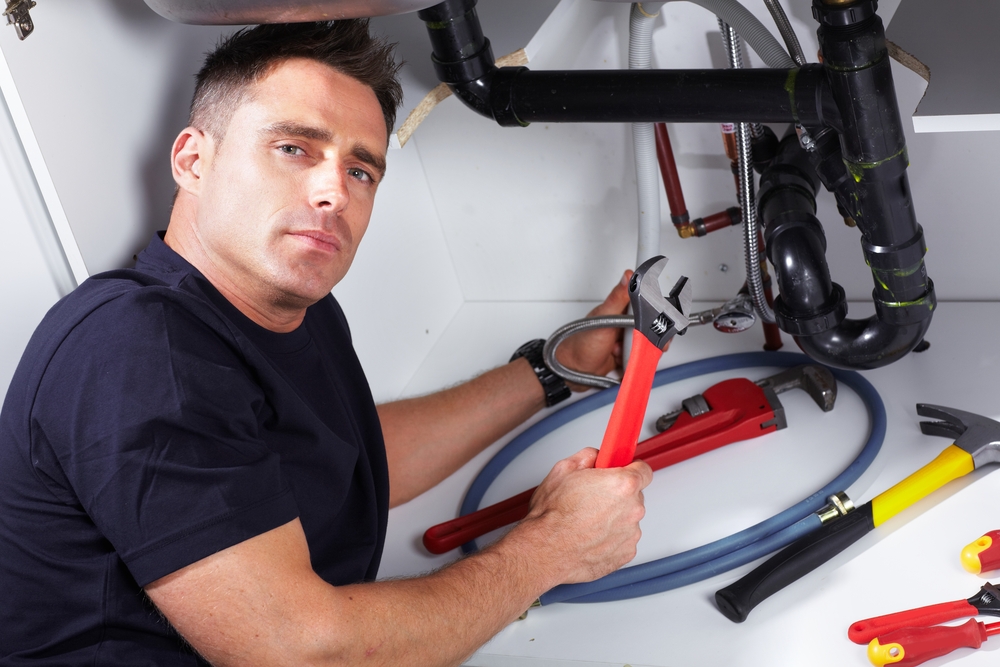If you're experiencing low cold water pressure in your kitchen sink, the first thing you should check is the aerator. This small mesh screen is located at the end of your faucet and can easily become clogged with mineral deposits and debris. Simply unscrew the aerator and clean it thoroughly with a brush or soak it in vinegar overnight to remove any buildup. This simple fix can often solve the issue of low water pressure in your kitchen sink.Check the aerator
Another possible cause of low water pressure in your kitchen sink is a partially closed shut-off valve. This valve, often located under the sink, controls the flow of water to your faucet. If it is not fully open, it can restrict water flow and result in low pressure. Make sure the valve is fully open and if it is damaged or corroded, it may need to be replaced.Check the shut-off valve
If the shut-off valve is fully open and the aerator is clean, the next step is to check the water supply line. This is the pipe that brings water from your main water line to your kitchen sink. Over time, this supply line can become kinked or clogged with debris, which can restrict water flow. Inspect the supply line for any visible damage and replace it if necessary.Check the water supply line
Clogs in the pipes can also be a common cause of low cold water pressure in your kitchen sink. As debris and sediment build up over time, it can create blockages that restrict water flow. If you suspect a clog, try using a plunger or a drain snake to remove the blockage. If the clog is deeper in the pipes, you may need to call a professional plumber for assistance.Check for clogs in the pipes
Some homes have a water pressure regulator installed to control the pressure of water coming into the house. If this regulator is not functioning properly, it can result in low water pressure in your kitchen sink. The water pressure regulator is typically located near the main shut-off valve and may need to be adjusted or replaced to fix the issue.Check the water pressure regulator
Leaks in the pipes can also cause low water pressure in your kitchen sink. Even a small leak can reduce the overall water pressure in your plumbing system. Check for any visible leaks under your sink or in the pipes leading to your kitchen sink. If you find a leak, it's important to have it repaired as soon as possible to prevent further damage and restore proper water pressure.Check for leaks in the pipes
If your kitchen sink is supplied with hot water from a water heater, it's important to check the temperature and pressure settings on the heater. If the temperature is set too low, it can result in low water pressure. Additionally, sediment buildup in the water heater can also affect its performance and result in low pressure. Flushing the water heater regularly can help prevent this issue.Check the water heater
If you're still experiencing low cold water pressure in your kitchen sink, it's important to check the water pressure in other faucets throughout your home. If the water pressure is also low in these faucets, the issue may be with your main water line or the municipal water supply. Contact your water provider for assistance in resolving the issue.Check the water pressure in other faucets
If your home has old pipes, they may be prone to sediment buildup over time. This can restrict water flow and result in low pressure. If you suspect this is the case, you can try flushing the pipes by turning off the main water supply and opening all faucets to allow the water to drain. You may also need to have a professional plumber inspect and clean the pipes to remove any stubborn buildup.Check for sediment buildup in the pipes
If none of these solutions have resolved the issue of low cold water pressure in your kitchen sink, it's best to call a professional plumber for assistance. They will be able to diagnose the problem and provide a proper solution, whether it involves repairing or replacing pipes, valves, or other components of your plumbing system. Don't hesitate to seek professional help to ensure your kitchen sink has proper water pressure and to prevent any further issues in the future.Call a plumber for professional assistance
Possible Causes for Low Cold Water Pressure in Kitchen Sink

Debris or Mineral Buildup in Pipes
 One of the most common reasons for low cold water pressure in a kitchen sink is the buildup of debris or minerals in the pipes. Over time, sediment, rust, and other particles can accumulate in the pipes, causing blockages and restricting water flow. This can be especially common in older homes with outdated plumbing systems.
One of the most common reasons for low cold water pressure in a kitchen sink is the buildup of debris or minerals in the pipes. Over time, sediment, rust, and other particles can accumulate in the pipes, causing blockages and restricting water flow. This can be especially common in older homes with outdated plumbing systems.
Faulty Faucet or Aerator
 Another possible culprit for low cold water pressure in the kitchen sink could be a faulty faucet or aerator. If the aerator, which is the small mesh screen attached to the end of the faucet, becomes clogged with debris, it can greatly reduce water pressure. In some cases, the faucet itself may be damaged or worn out, causing a decrease in water flow.
Another possible culprit for low cold water pressure in the kitchen sink could be a faulty faucet or aerator. If the aerator, which is the small mesh screen attached to the end of the faucet, becomes clogged with debris, it can greatly reduce water pressure. In some cases, the faucet itself may be damaged or worn out, causing a decrease in water flow.
Issues with Water Supply Line
 Sometimes, the problem may not be within the kitchen sink itself, but with the water supply line. If there is a leak or blockage in the supply line, it can result in low water pressure throughout the entire house. It is also possible that the supply line may not be large enough to support the demands of the household, resulting in lower water pressure.
Sometimes, the problem may not be within the kitchen sink itself, but with the water supply line. If there is a leak or blockage in the supply line, it can result in low water pressure throughout the entire house. It is also possible that the supply line may not be large enough to support the demands of the household, resulting in lower water pressure.
Plumbing System Design Flaws
 In some cases, the low cold water pressure in the kitchen sink may be due to flaws in the plumbing system design. For example, if the pipes are too narrow or if there are too many bends and turns, it can create resistance and decrease water pressure. This is more common in older homes, as plumbing system standards have changed over the years.
In conclusion,
low cold water pressure in a kitchen sink can be caused by a variety of factors. It is important to identify the root cause in order to effectively troubleshoot and resolve the issue. If the problem persists, it is best to consult a professional plumber who can assess the situation and provide a solution.
In some cases, the low cold water pressure in the kitchen sink may be due to flaws in the plumbing system design. For example, if the pipes are too narrow or if there are too many bends and turns, it can create resistance and decrease water pressure. This is more common in older homes, as plumbing system standards have changed over the years.
In conclusion,
low cold water pressure in a kitchen sink can be caused by a variety of factors. It is important to identify the root cause in order to effectively troubleshoot and resolve the issue. If the problem persists, it is best to consult a professional plumber who can assess the situation and provide a solution.




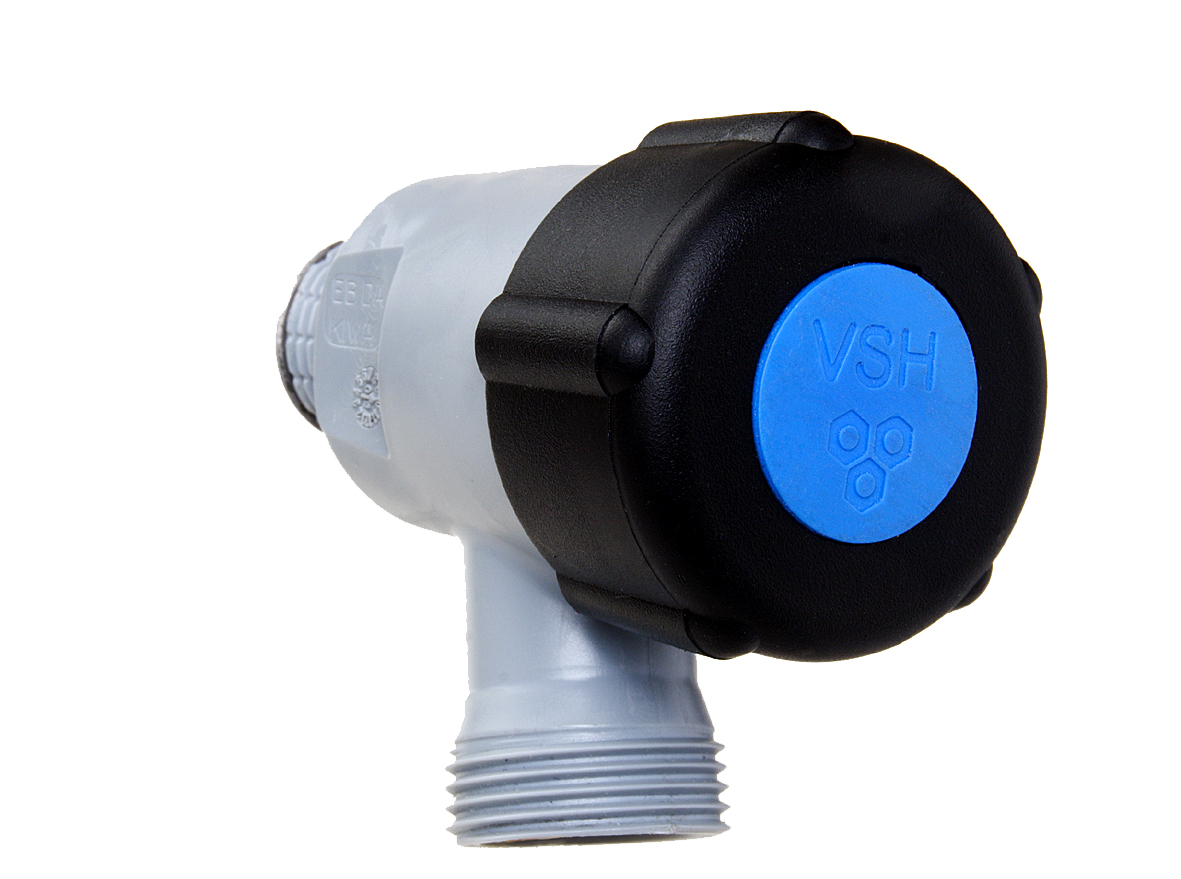














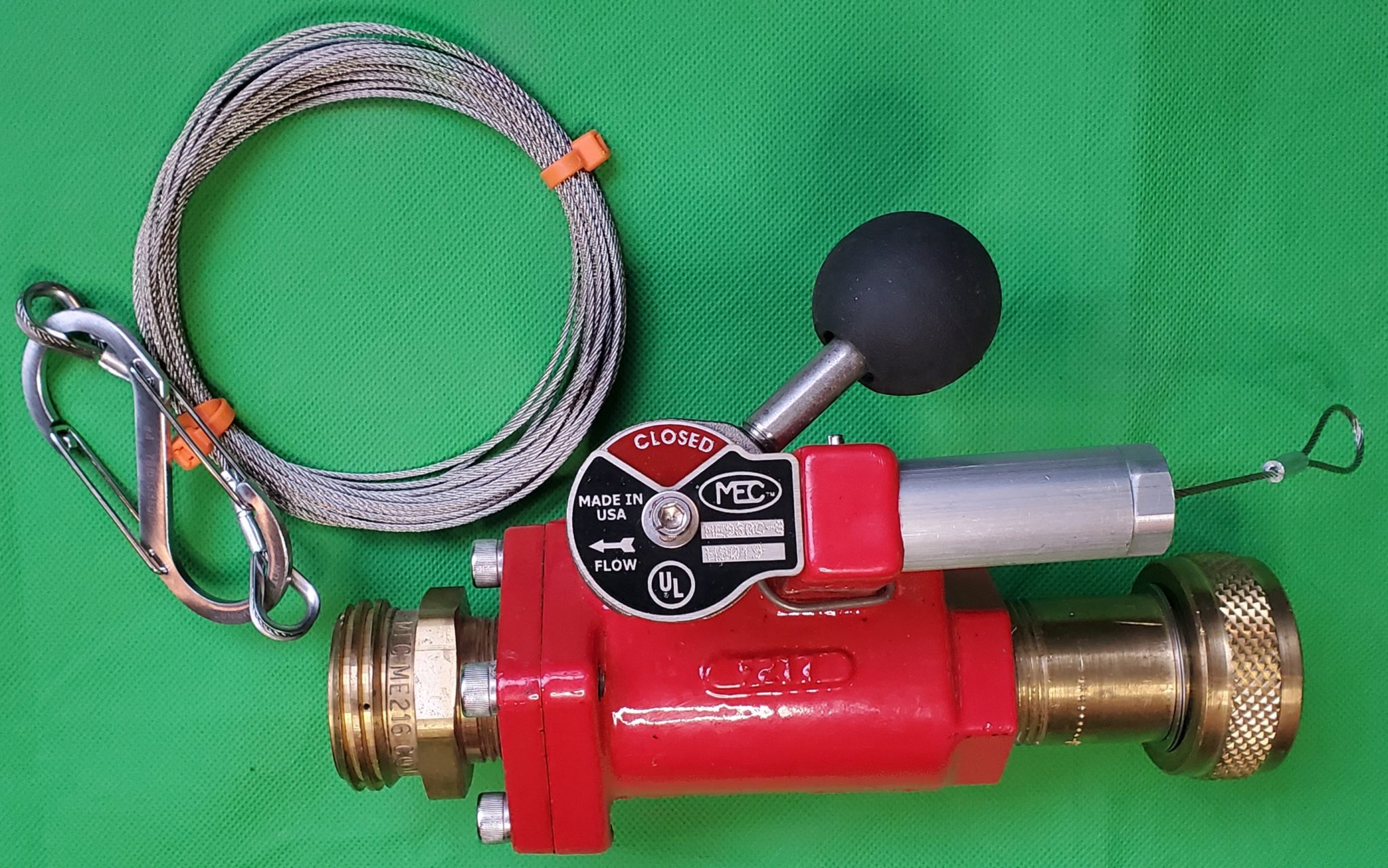


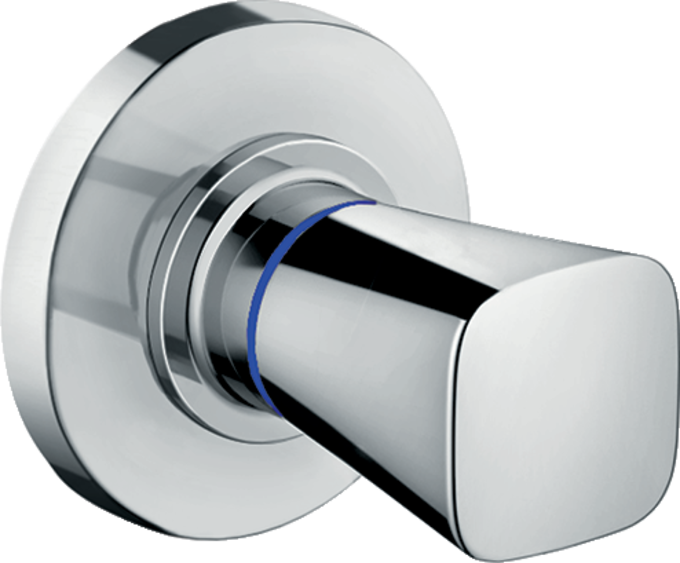





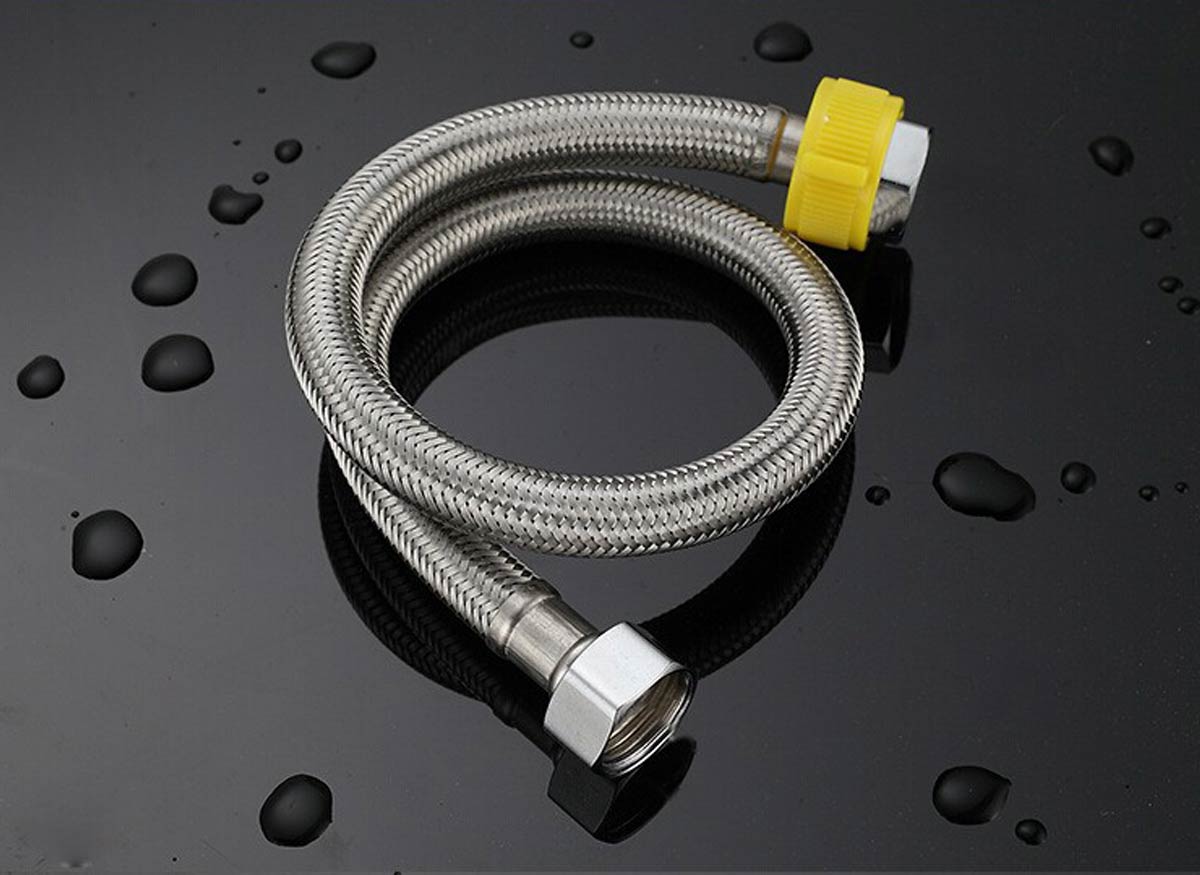




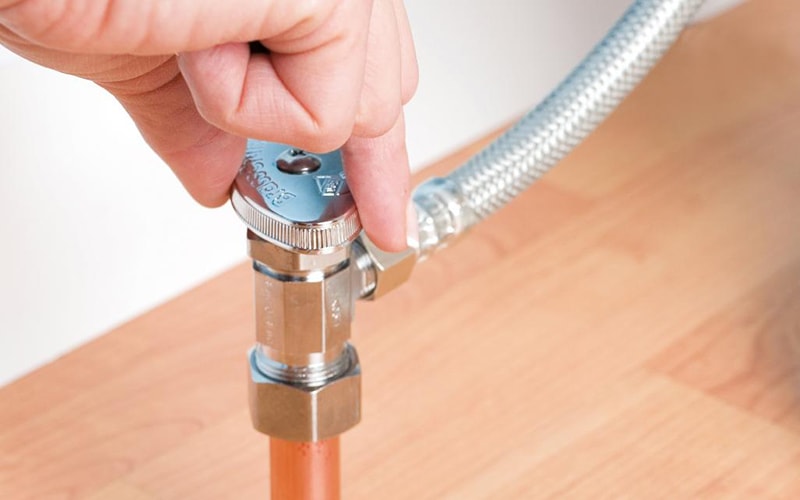













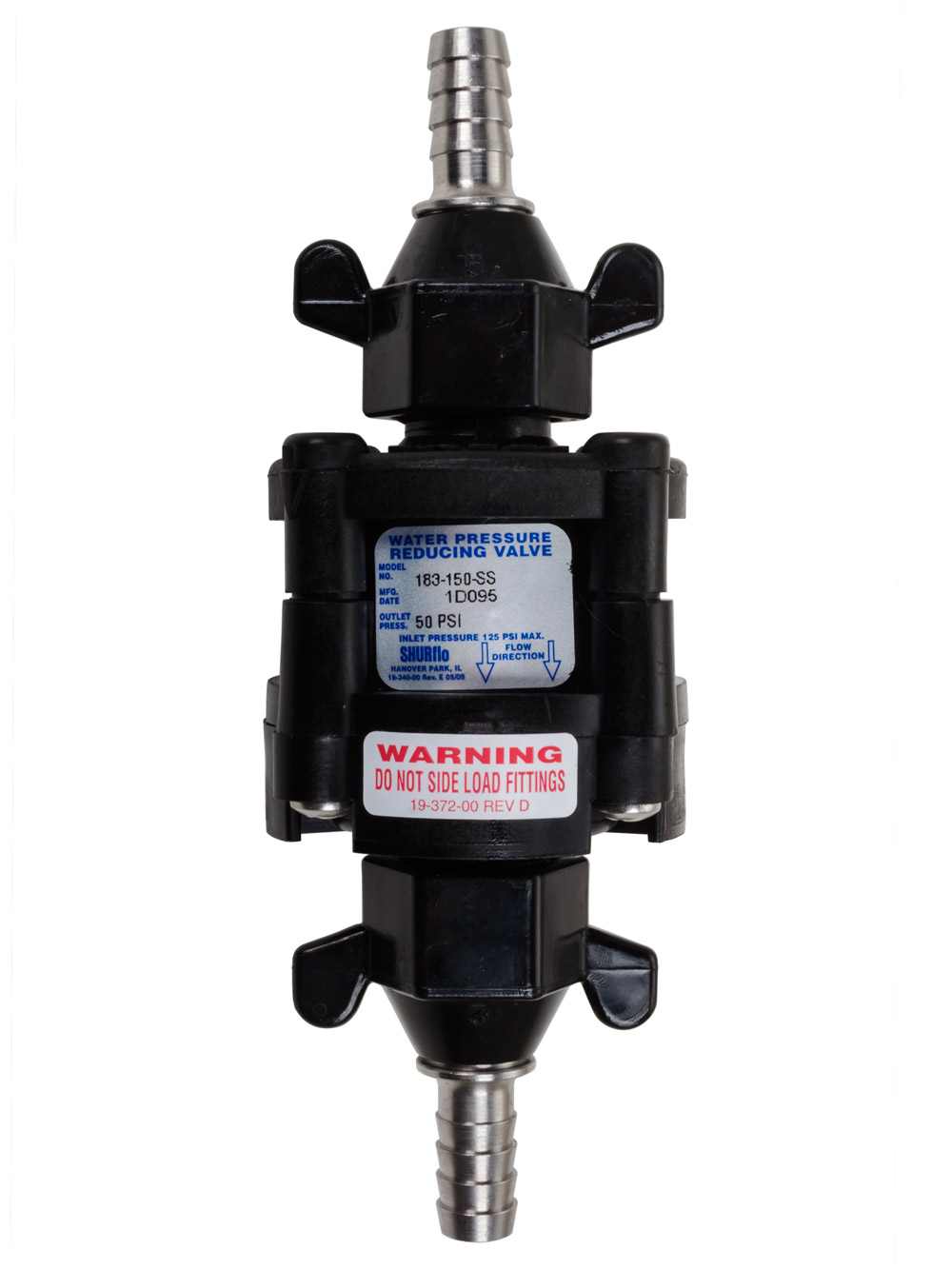


:max_bytes(150000):strip_icc()/the-men-s-hand-opens-the-ball-valve-on-the-collector-1006810456-5c5fc73fc9e77c000159c4af.jpg)




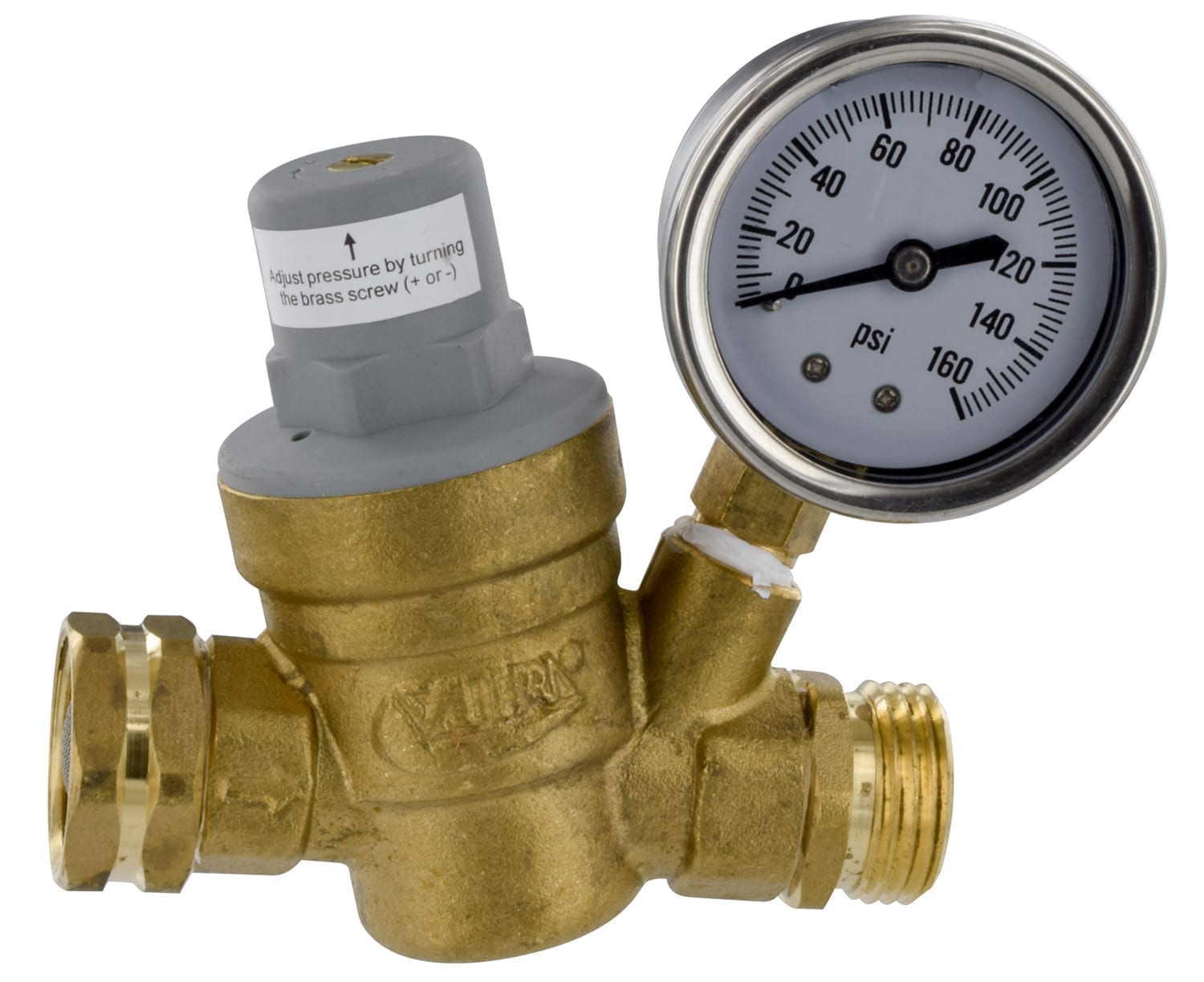

:max_bytes(150000):strip_icc()/testing-water-pressure-in-your-home-2718692-04-c37ab3236d0d4b61b87079ebf9ef823e.jpg)
















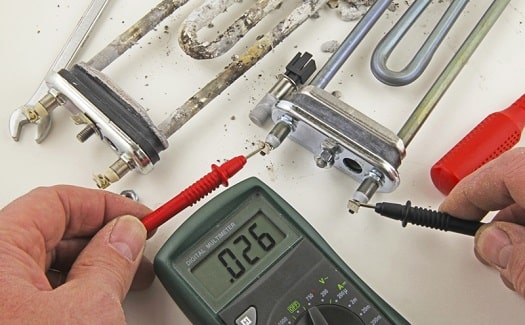
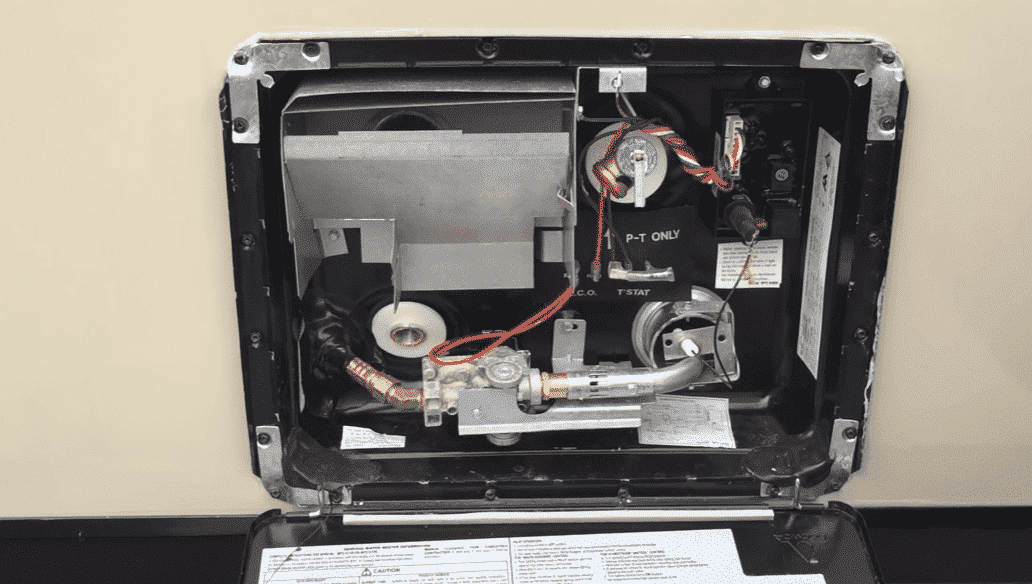








/testing-water-pressure-in-your-home-2718692-hero-98f45508ca5d44b6b551034ac5cedab5.jpg)























